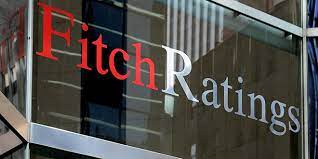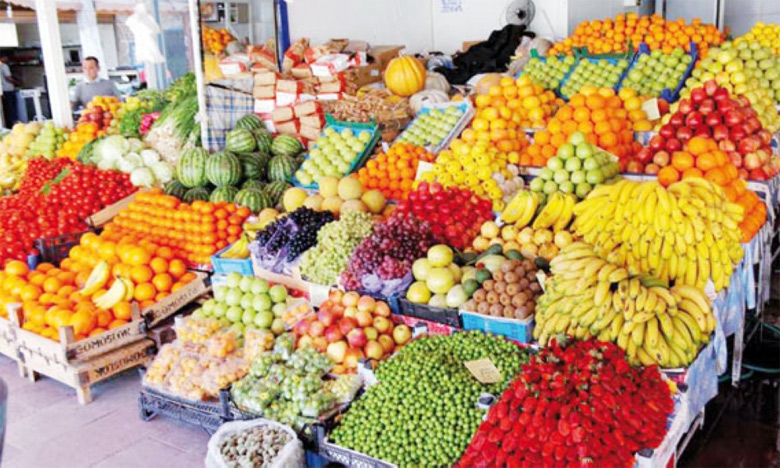 Fitch Ratings has assigned Morocco’s Long-Term Foreign-Currency Issuer Default Rating (IDR) ‘BB+’ rating with a stable outlook due to the country’s macroeconomic stability, low inflation, a moderate share of foreign-currency debt in total general government debt and comfortable external liquidity buffers.
Fitch Ratings has assigned Morocco’s Long-Term Foreign-Currency Issuer Default Rating (IDR) ‘BB+’ rating with a stable outlook due to the country’s macroeconomic stability, low inflation, a moderate share of foreign-currency debt in total general government debt and comfortable external liquidity buffers.
Morocco’s fiscal deficit is expected to narrow to 6.3% of GDP in 2021 from 7.7 % in 2020 (excluding privatization proceeds) as the economic recovery prompted a solid resurgence in revenue, said on Monday the global rating agency in a press release.
The government ‘s current spending remains high on the back of vaccination and other healthcare costs, as well as the beginning of the expansion of social services under new initiatives launched last year.
Fitch expects fiscal deficits to decline only gradually as spending related to Morocco’s New Development Model (NDM) ramps up. NDM spending focuses on the delivery of social services, in particular in health and education, and the expansion of social benefits.
Planned revenue measures, including widening the tax base, improving tax administration and reducing state owned enterprise transfers will only partially cover the NDM spending, according to Fitch analysts, who affirm that fiscal funding risks are low, reflecting the sovereign’s access to a large and captive domestic investor base, with net domestic funding expected to cover two-thirds of the Treasury’s financing requirements in 2022 and 2023.
According to Fitch outlook, an easing of the disruptions from the health crisis and improved rainfall following a two-year drought will lead to a rebound of Morocco’s real GDP by 6.2% in 2021, followed by 3.2% in 2022, close to long-term potential.
The launch of a strategic investment fund in cooperation with the private sector and product and labor market reforms will support the economic recovery, add the analysts of Fitch, noting that the country’s imports and exports will surge by over 20% in 2021 due to a pent-up demand for consumer goods and cars, manufacturing inputs, medical supplies and higher energy prices.


